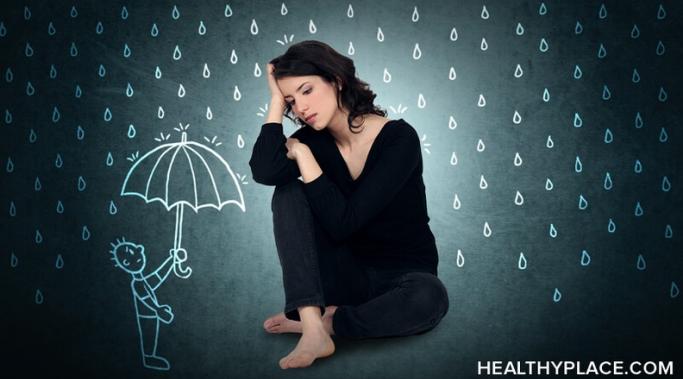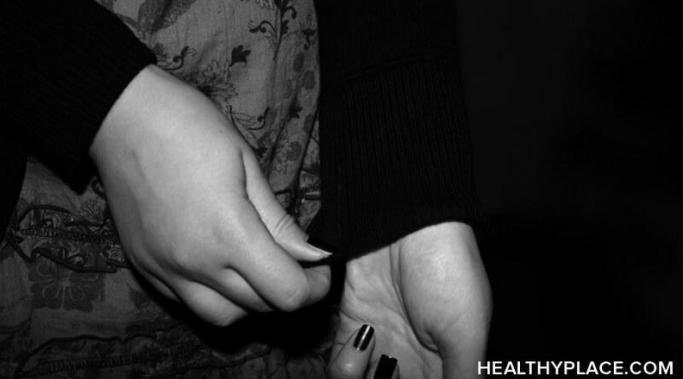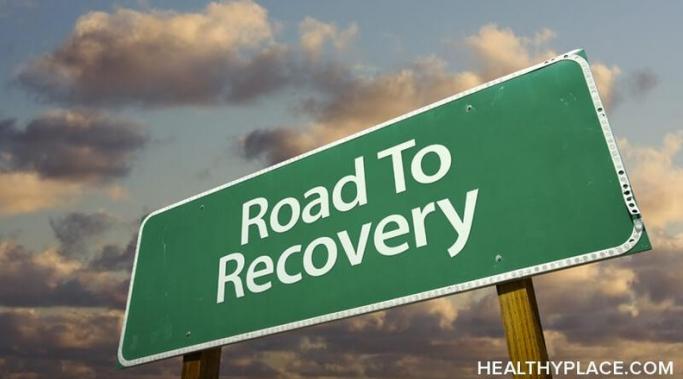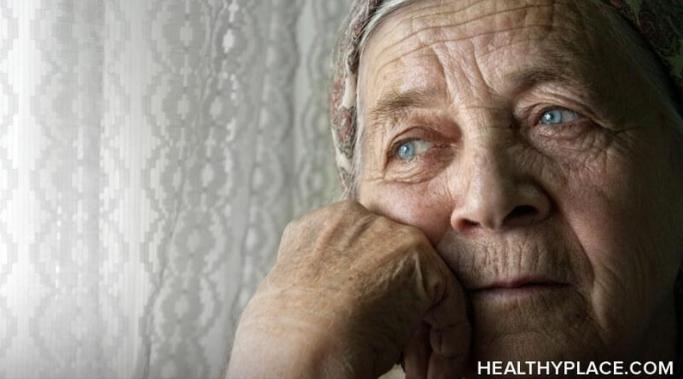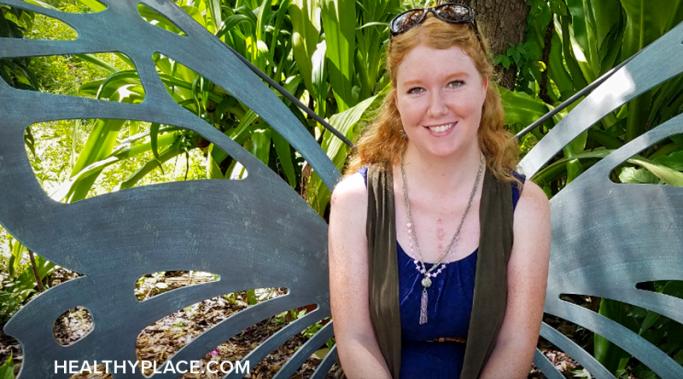The change of seasons can sometimes make us feel moody and add seasonal depression on top of self-harm urges, and you might have a problem. Especially in winter months, it’s hard to remain positive when all you see outside your window is doom and gloom. Seasonal affective disorder (SAD) can happen to some during those times, making us feel depressed and, well, sad. Depression can also fuel self-harm urges, so it’s crucial to practice coping skills and lots of self-love when it’s dark outside.
Self-injury videos
Explaining your self-harm scars to others can be uncomfortable. Having your self-harm scars discovered is a bit like being outed against your will. Still, the person who confronts you about your self-injury marks will likely want to know what they are. While you don’t owe anyone an explanation, sometimes it’s hard to avoid this conversation. Here are some of the approaches you can take to explain your self-harm scars to others.
Recovering from self-injury can put a lot of pressure on us. We expect that self-harm recovery is a simple process with no obstacles on the road. However, it’s a complicated journey, and there is no one perfect way to recover. You might stumble once or twice, but that’s okay. You can still continue where you left off.
Exercise can be a great way to let go of negative emotions and manage your self-harm urges. In particular, using yoga for self-harm prevention is beneficial as it teaches you to connect with your body and physically accept it with all its imperfections.
Many self-harm stereotypes are linked to immaturity. The common misconception is that if you self-injure, you must be a teenager or going through a phase. Nothing could be further from the truth, and we mustn't forget that self-harm is also prevalent in older adults.
We all have that little mean voice inside our heads, constantly nagging us and pointing out all our mistakes. Self-harm often comes with negative self-talk, but it's worth remembering that you are not your thoughts, you are just listening to them. You can choose to ignore them -- or even create a dialogue between you and your self-injury voice.
My name is Martyna Halas, and I’m very excited to join HealthyPlace as the new author of "Speaking Out About Self-Injury."
My name is Kim Berkley, and I'm the new author of Speaking Out About Self-Injury. I’m looking forward to putting my writing skills to particularly good use here where I hope my words will bring some measure of comfort and clarity to those struggling with self-harm.
Using mindfulness for self-harm is a dialectical behavior therapy (DBT) skill. Dialectical behavior therapy is an effective type of treatment used for issues of self-harm. Originally developed to treat borderline personality disorder (BPD), it is currently used to treat a variety of mental illnesses such as eating disorders and chronic depression. Dialectical behavior therapy targets emotion dysregulation to help patients cope with the severity of their distress.
How can there be invisible self-harm? Self-harm is assumed to be apparent to the eye — a reasonable assumption given that self-harm is a physical act performed on the physical body and that self-harm is used at times as a way of making invisible, psychic pain visible and concrete. But not all self-harm can be seen. Invisible self-harm is just as dangerous as visible self-injuries.
